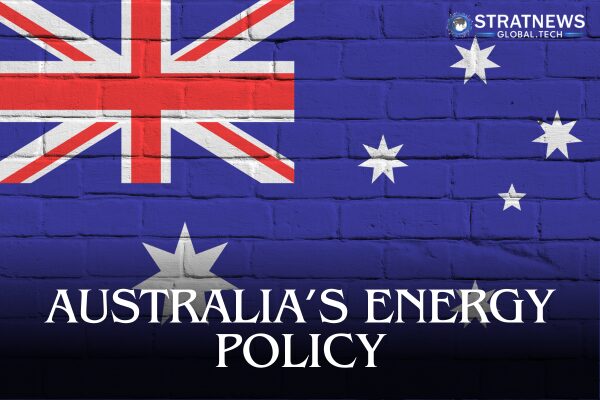Australia’s Energy Policy Heats Up Ahead of May 3 Election
As Australians prepare to vote on 3 May, Australia’s energy policy has become a defining issue. Soaring power bills and fears of gas shortages are placing intense pressure on households, industries and policymakers. Australia, the world’s second-largest exporter of liquefied natural gas (LNG), is also the highest per-capita polluter in the OECD — adding urgency to the debate.
Prime Minister Anthony Albanese’s centre-left Labor government and the opposition Liberal-National coalition, led by Peter Dutton, are both pledging to lower energy prices and improve domestic gas supply. However, their approaches diverge sharply on the future energy mix.
Labor Focuses on Renewables and Storage Solutions
Labor’s energy strategy aims to ease cost-of-living pressures and meet climate targets. The government plans to spend A$2.3 billion to subsidise household battery storage, enabling better use of rooftop solar. Labor also promises to extend electricity bill relief for homes and small businesses.
To reach its goal of 82% renewable power generation by 2030, the party will boost clean energy investment by A$2 billion through its green bank. Labor targets a 43% reduction in emissions by 2030 compared to 2005 levels, with a net-zero goal for 2050.
Gas will still play a role, particularly as backup for wind and solar. The Albanese government has pledged ongoing LNG exports while also implementing domestic market controls like price caps and producer codes of conduct.
Coalition Pushes Gas and Nuclear to Replace Coal
Peter Dutton’s Liberal-National coalition is promoting an “Australian gas for Australians” plan. This includes forcing LNG exporters to reserve a portion of uncontracted gas for the local market, with penalties for non-compliance. Japan, a key LNG customer, has expressed concern about potential supply risks.
The coalition also promises to fast-track gas project approvals, invest in pipeline infrastructure, and support developments in key basins such as Beetaloo and Narrabri.
In a major policy shift, the coalition wants to overturn the current nuclear energy ban. It proposes seven nuclear power stations nationwide, with the first potentially operational by 2035. These would replace ageing coal plants. However, small modular nuclear reactors are not yet commercially viable.
Greens Advocate Fossil Fuel Phase-Out and Rapid Decarbonisation
The Greens oppose all new coal and gas developments and would cancel exploration permits and expansions, including the large North West Shelf LNG facility. They propose converting LNG export terminals into hubs for hydrogen and ammonia, aiming to support a net-zero target as early as 2035.
Their plan includes grants and loans for households to move off gas and adopt electric appliances. The Greens also call for closing tax loopholes and increasing levies on major fossil fuel corporations.
High Stakes for Industry and Climate
The election outcome could reshape Australia’s energy future. Labor’s renewable push, the coalition’s nuclear gamble, and the Greens’ zero-fossil policy reflect diverging visions. With energy reliability, affordability and emissions on the line, voters face a critical decision that could impact global climate efforts and domestic living standards alike.
with inputs from Reuters


